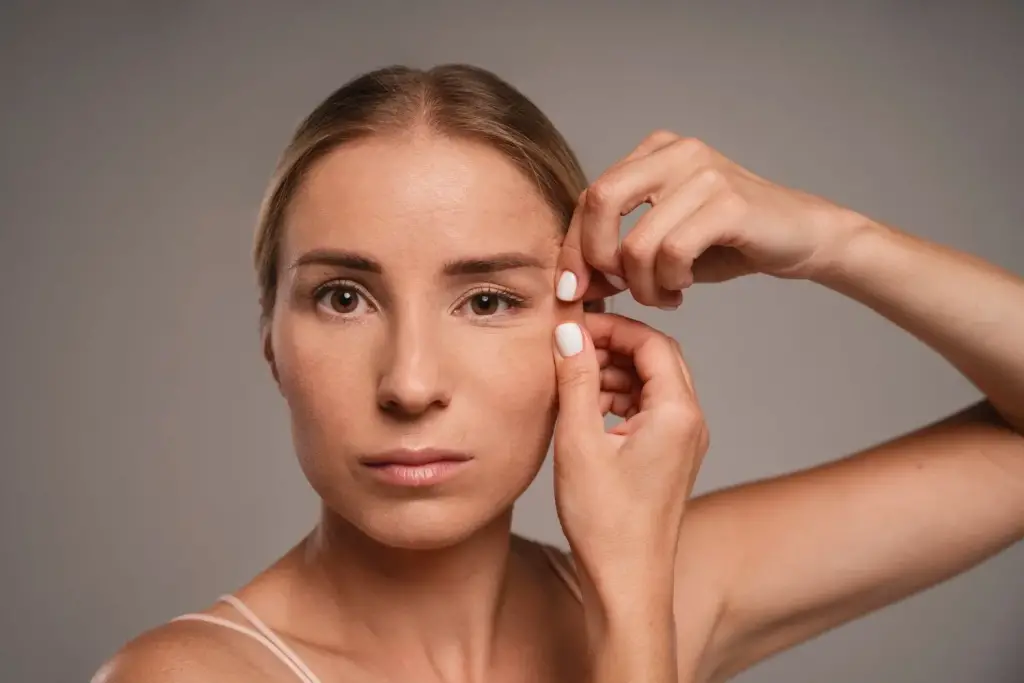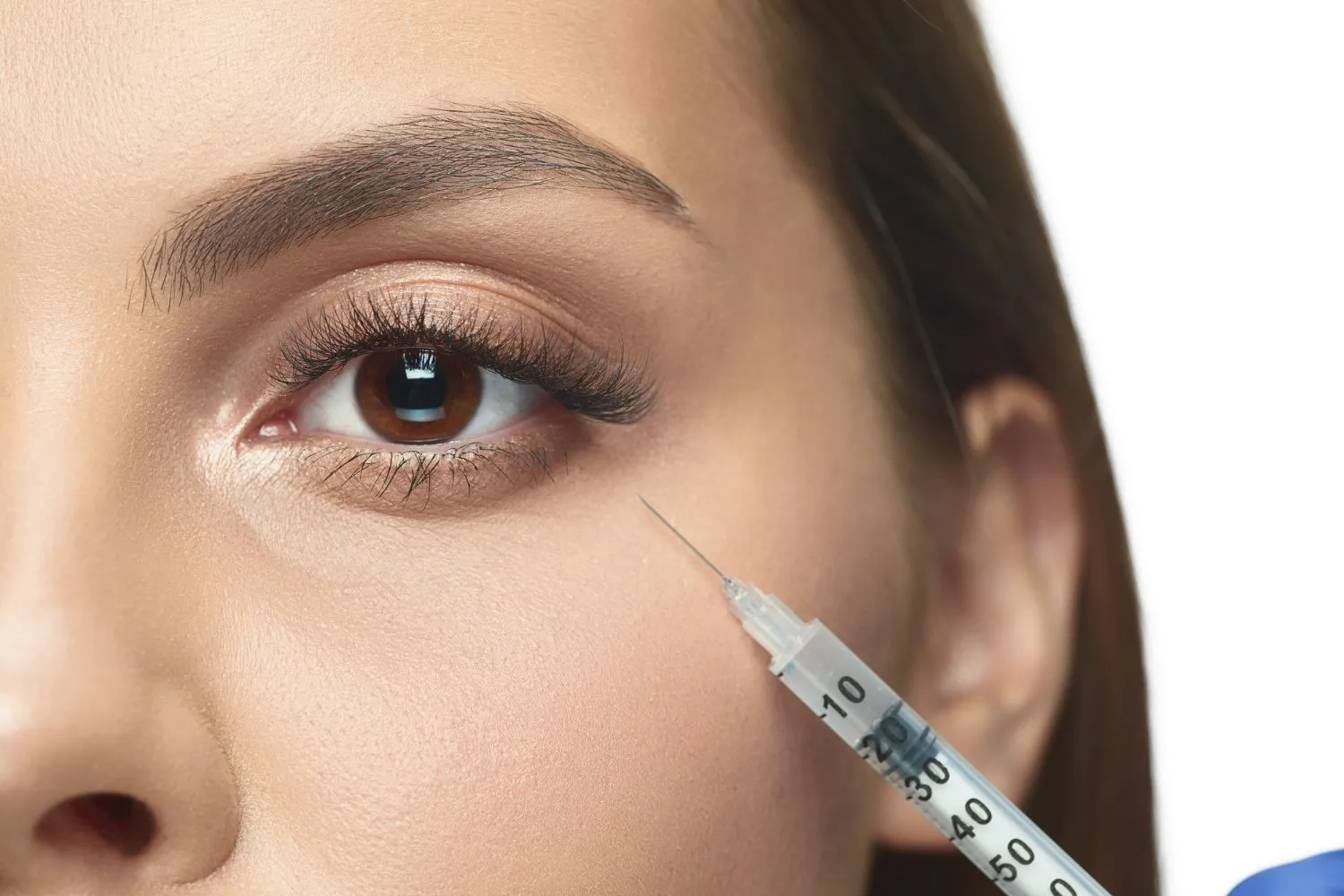What is Eye Botox?
Eye Botox refers to the use of botulinum toxin injections around the eye area for both therapeutic and cosmetic purposes. Botulinum toxin is a neurotoxin derived from Clostridium botulinum bacteria. In controlled, small doses, it can temporarily paralyze muscles by blocking the release of acetylcholine, a neurotransmitter responsible for muscle contractions. This property makes it useful for treating conditions that involve abnormal muscle activity.
How does Eye Botox Work?
When Botox is injected into specific muscles around the eyes, it inhibits nerve signals that cause these muscles to contract. This leads to a temporary relaxation of the muscles, which can have both therapeutic and aesthetic benefits. The effects typically begin to appear within a few days and can last for three to six months, depending on the treatment and individual response.
Advantages of Eye Botox

- Treatment for Medical Conditions
- Strabismus (crossed eyes): Helps correct muscle imbalances, improving eye alignment.
- Blepharospasm: Reduces involuntary eyelid spasms, providing relief from discomfort.
- Chronic Migraine: Can reduce the frequency and severity of migraines.
- Cosmetic Benefits
- Reduction of Crow’s Feet: Smooth fine lines around the eyes, leading to a more youthful appearance.
- Brow Lift: Subtle lifting of the brows can open up the eye area, making the eyes look more awake.
- Non-Surgical and Minimally Invasive
- Botox injections are minimally invasive compared to surgical procedures, requiring no significant downtime and offering quick recovery.
- Quick and Convenient
- The procedure is relatively quick, often completed in just a few minutes, making it convenient for patients with busy schedules.
- Temporary and Adjustable
- The effects of Botox are temporary, lasting about three to six months. This allows patients to adjust the treatment if they are not satisfied with the initial results.
- Relatively Safe
- When administered by qualified professionals, Botox is generally safe and well-tolerated.
Disadvantages of Eye Botox
- Temporary Effects
- The results of Botox are not permanent, requiring repeat treatments every few months to maintain the effects.
- The results of Botox are not permanent, requiring repeat treatments every few months to maintain the effects.
- Possible Side Effects
- Bruising and Swelling: Temporary effects around the injection site.
- Pain and Discomfort: Some patients may experience mild pain during and after the injections.
- Drooping Eyelid or Brow (Ptosis): This can occur if Botox spreads to nearby muscles, affecting appearance and potentially vision.
- Double Vision: In rare cases, this can result if the toxin affects adjacent muscles.
- Allergic Reactions
- Although rare, there is a risk of allergic reactions, including itching, rash, and difficulty breathing.
- Although rare, there is a risk of allergic reactions, including itching, rash, and difficulty breathing.
- Limited Effectiveness on Certain Wrinkles
- Botox is less effective on deep static wrinkles and may not provide the desired results without additional treatments like dermal fillers.
- Botox is less effective on deep static wrinkles and may not provide the desired results without additional treatments like dermal fillers.
- Risk of Overuse
- Excessive use of Botox can lead to an unnatural or “frozen” appearance, where facial expressions are limited.
- Excessive use of Botox can lead to an unnatural or “frozen” appearance, where facial expressions are limited.
- Cost
- Ongoing treatments can be costly, as the effects are temporary and require regular maintenance.
- Ongoing treatments can be costly, as the effects are temporary and require regular maintenance.
- Infection Risk
- As with any injection, there is a small risk of infection at the injection site.
- As with any injection, there is a small risk of infection at the injection site.
- Potential for Tolerance
- Some individuals may develop a tolerance to Botox over time, reducing its effectiveness.
- Some individuals may develop a tolerance to Botox over time, reducing its effectiveness.
Conclusion
Eye Botox offers a range of benefits for both medical and cosmetic purposes, but it also comes with potential risks and limitations. Patients should carefully consider these factors and consult with a qualified healthcare professional to determine if Botox is the right choice for their specific needs.
Beyond LASIK, Beyond SMILE



